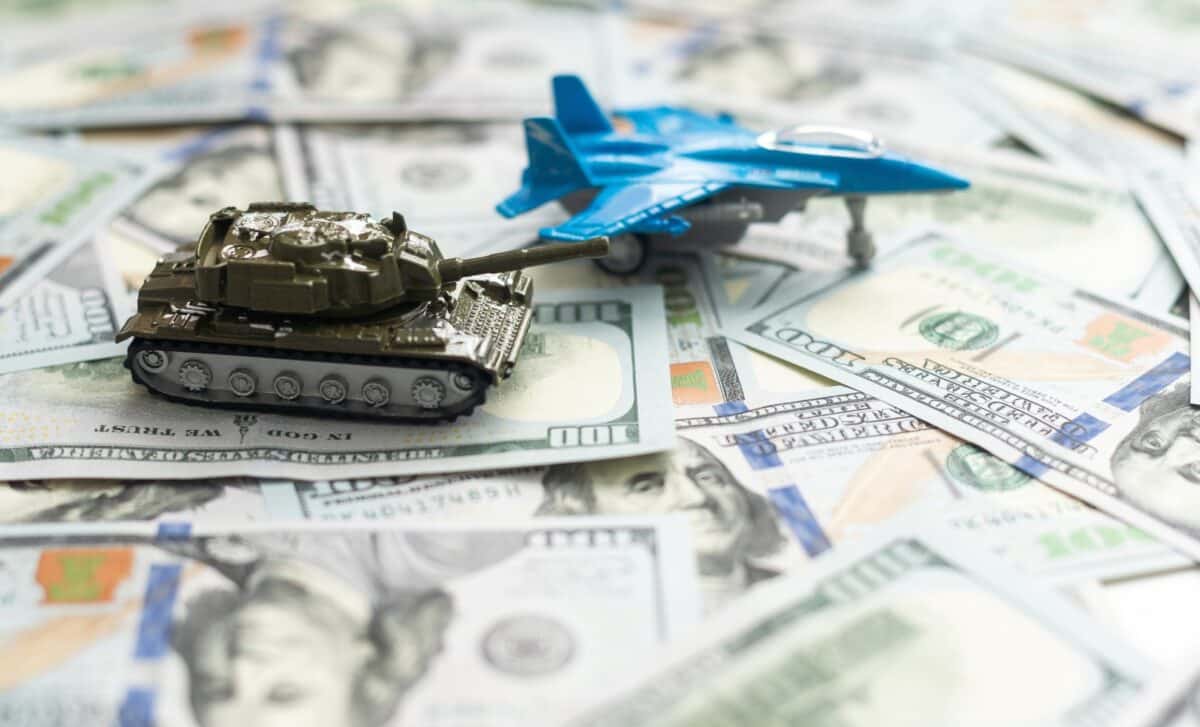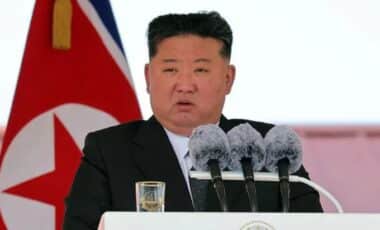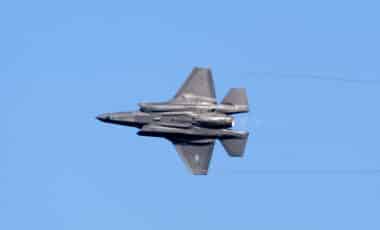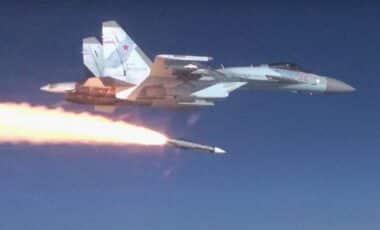Global military spending has reached historic highs in 2024, reshaping international power dynamics. A surge in defense budgets, led by the United States, reflects intensified geopolitical tensions and an accelerating race for technological and strategic superiority.
Countries are expanding their military capabilities amid rising instability and modernization needs. The increased investments highlight a world realigning its priorities, with nations from every continent reinforcing their positions in the global security landscape. According to Armees, the latest data presents a stark snapshot of how defense budgets are now central to national policy and global strategy.
While the United States retains a significant lead, other powers are closing in, notably China and Russia. In response, European members of NATO have begun substantial increases in their defense allocations, marking a shift in both strategy and commitment across the continent. The figures released in 2024 show not only where the money is going but also what it says about the state of international affairs.
The Maldives Just Went From Tourist Haven to Military Hotspot
The United States Widens Its Defense Lead
The United States maintains its dominant position in military spending, with a defense budget nearing 1 trillion dollars. This figure alone accounts for 3.4 % of its gross domestic product and surpasses the combined budgets of the next twelve biggest military spenders. Washington’s allocation is over four times greater than China’s and nearly seven times that of Russia, illustrating the extent of its military supremacy.
The scale of this budget reinforces the country’s strategic goals and technological investments. It underpins a vast range of capabilities, including nuclear deterrence, global force projection, and advanced defense technologies. The Pentagon’s financial strategy continues to prioritize long-term global dominance, as suggested by the disproportion in spending compared to its rivals.
China and Russia Accelerate Military Development
China and Russia have both recorded significant increases in their defense budgets. China’s military spending stands at 235 billion dollars, reflecting a 566 % increase since the year 2000. This rise supports the expansion of its naval fleet, advancements in missile technologies, and an increase in its nuclear arsenal. When adjusted for purchasing power parity, the effective value of China’s budget may exceed 470 billion dollars.
Russia, meanwhile, allocates 146 billion dollars to defense, marking a 227 % rise over the same period. The country now dedicates 6 % of its GDP to military expenditures, its highest share since the Cold War. With around 5,000 nuclear warheads, this investment reinforces Moscow’s long-term strategy and global positioning. The effective value of Russia’s spending could reach 461 billion dollars when adjusted for purchasing power parity, showing the scale of its ambition.
NATO Members Increase European Defense Spending
In response to rising threats and geopolitical uncertainty, several NATO member states have significantly increased their defense budgets. Germany has reached an all-time high of 86 billion dollars in 2024—its most substantial investment since World War II. The United Kingdom follows closely with 81 billion dollars, directing resources toward naval defense and cybersecurity, while also including support for Ukraine and military pensions in its calculations.
France has allocated 64 billion dollars to its military, channeling domestic savings to maintain its influence in European security. This budget confirms France’s commitment to remaining a key military power within the region. Poland, showing the most dramatic recent growth, has nearly doubled its defense spending since 2022, now reaching 28.4 billion dollars. This expansion supports a significant reinforcement of its eastern border with new aircraft and missile systems.
These developments indicate a broader shift across Europe, where defense budgets now average around 2 % of GDP among NATO members. The trend signals not only increased readiness but a recalibrated role for Europe in global defense planning.








